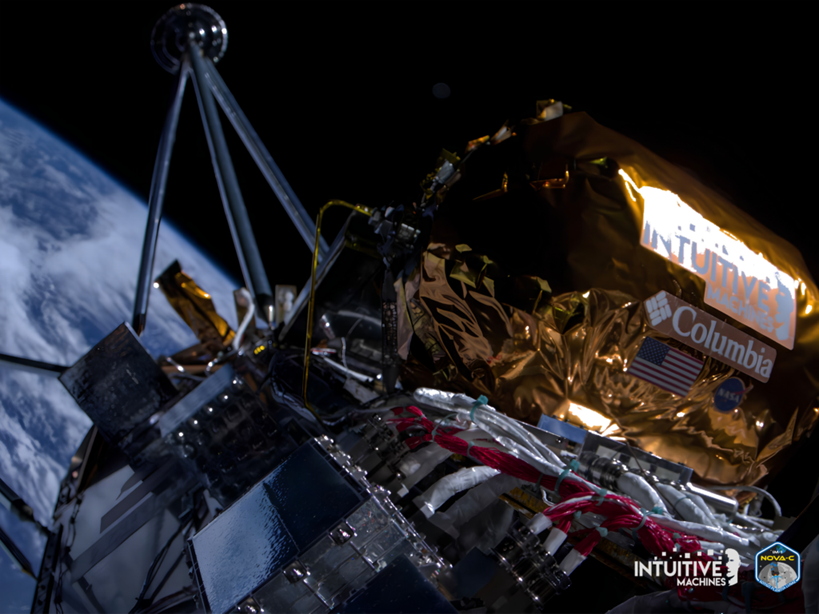A thrilling space odyssey is unfolding as a robotic spacecraft, crafted by Intuitive Machines, has ventured into lunar orbit, primed for a historic landing scheduled for early evening Thursday. This landmark event marks the first American spacecraft to touch down on the lunar surface in over half a century.
Intuitive Machines announced that its spacecraft is in “excellent health,” gracefully circling the moon at an altitude of approximately 57 miles in anticipation of its planned touchdown on Thursday at 5:30 p.m. Eastern time. If successful, this mission would mark a significant milestone, with the spacecraft becoming the first commercial vehicle to land on the lunar surface since Apollo 17 in 1972.
Under a $118 million contract with NASA, Intuitive Machines is tasked with delivering six scientific and technological payloads to the moon. The company’s 14-foot-tall Nova-C lander, affectionately named Odysseus, is part of a wave of robotic spacecraft being developed by the private sector. These efforts align with NASA’s Artemis program, which aims to land astronauts on the moon, this time targeting the unexplored lunar south pole where water, in the form of ice, resides in its shadowed craters.
The landing site, near the Malapert A crater, is one of the potential spots for the Artemis program. The mission’s journey began six days ago when the craft launched atop a SpaceX Falcon 9 rocket from the Kennedy Space Center in Florida, marking a significant step for Intuitive Machines.
While entering lunar orbit is a notable achievement, the real challenge lies in the landing process. A recent setback faced by another commercial space company, Astrobotic, serves as a stark reminder of the risks involved in such endeavors. As Odysseus traverses the far side of the moon, it will experience a communication blackout with the ground for about 45 minutes during each orbit. Additionally, the spacecraft will encounter drastic temperature variations, requiring its systems to carefully manage heat distribution to ensure functionality.
As Odysseus descends toward the lunar surface, its engines will guide it from an altitude of 62 miles to just over six miles. Utilizing cameras and lasers, the spacecraft’s onboard navigation computers will autonomously steer it to a safe landing spot. At approximately 100 feet, Odysseus will orient itself vertically, with its landing legs pointing downward, steadily decreasing engine thrust as it burns fuel.
One of the payloads onboard Odysseus is a NASA instrument designed to capture images of the dust plume created by the spacecraft’s engines. This data will help NASA understand the impact of spacecraft landings on the moon’s surface and environment, crucial for future missions.
As the world watches with bated breath, the successful landing of Odysseus would not only mark a significant milestone in space exploration but also pave the way for future endeavors, bringing us one step closer to unraveling the mysteries of our celestial neighbor.
(Source: CNN | NYT | Washington Post | NBC News)









